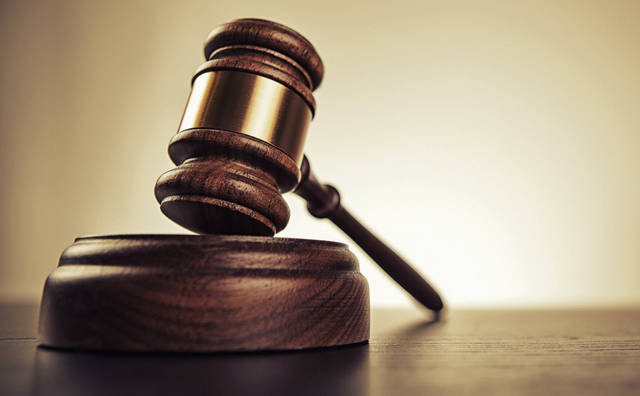https://staging.triblive.com/local/carlynton/john-oyler-the-whiskey-rebellion-trial/
John Oyler: The Whiskey Rebellion trial

Thanks to my friend, Gary Davis, I recently had the opportunity to participate in a workshop dedicated to the federal trials at the end of the Whiskey Rebellion. Gary is an attorney obligated to earning continuing education credits in jurisprudence each year in order to maintain his license to practice law.
Last week, the Women’s Bar Association put on an event entitled “Spirits of High Treason: Legal Consequences of the Whiskey Rebellion.” Attendance at the event earned each attorney two continuing education credits. Apparently these affairs are usually highly technical and inherently boring.
This time, the sponsors decided to re-enact part of the series of trials in Philadelphia in 1795 that concluded the Whiskey Rebellion, and to then follow the depiction with a panel discussion of the legal implications of treason. Knowing my interest in local history, Gary invited me to accompany him to the event in the U.S. Courthouse in Pittsburgh.
My first surprise once we were seated in the courtroom was recognizing a familiar Colonial-era re-enactor. Dan Ragaller portrayed a very distinguished President George Washington admirably. Dan is a stalwart supporter of the Woodville Plantation, serving on its board of directors in addition to being a loyal member of Wayne’s Legion, well-known military re-enactors of the late 18th century. He was the prime mover behind last summer’s marvelous “Market Faire” at the Plantation.
Once the court had been called to order and the jury charged, the trial of Philip Vigol (sometimes spelled Wigle) began. Prosecutor William Rawle relentlessly insisted that “combining to defeat or resist a federal law was equivalent to levying war against the United States” and therefore an act of treason.
Vigol was defended by Attorney William Tilghman. Tilghman called Vigol to the witness stand, apparently in an effort to demonstrate that he was merely part of a mob following orders. In cross-examination Rawle got Vigol to admit he had been present at several of the incidents that were clearly illegal. The jury had no difficulty finding him guilty of treason.
John Mitchell’s trial followed much of the same route. Rawle put General Daniel Morgan on the stand to testify that his militiamen had arrested Mitchell and that he had admitted being at the burning of Neville’s mansion and that he had indeed robbed the U.S. Mail, on instructions from David Bradford. At this point, Tilghman produced a letter from Morgan to President Washington dated January 19, 1795, in which Morgan requested clemency on the grounds that Mitchell was merely a minor agent of Bradford. Nonetheless the jury also found him guilty of treason.
Following the trials, a panel composed of three men from the U.S. Attorney’s Office discussed the current interpretation of treason and the precedent for pardon in such cases. I felt I was able to follow the discussion, but I would feel guilty accepting two continuing education credits based on my comprehension of it.
For a history buff like me, the mock trial was a wonderful experience. I was quite impressed with everyone involved in it and with the way they brought this obscure bit of history to life.
I am grateful to Gary Davis for making it possible for me to participate in this event and to its sponsors and especially to all the fine re-enactors.
Copyright ©2025— Trib Total Media, LLC (TribLIVE.com)
